Mind Over Muscle
Life can be hectic. Multitasking seems like the new normal. We listen to audiobooks in the car, check email while waiting in line at the grocery store and maybe you even read on the elliptical machine or watch a movie while you’re working out. It may seem like these productive moments are in your best interest, but when it comes to your physical training, that may not be the case – especially if you are looking to develop a body fit for dance.
Whether you are drilling, rehearsing or doing strength and conditioning exercises to support and improve your belly dance, you will get the best return on your time and sweat investment if you put your full attention on your activity. Your brain controls your muscles – that is obvious – but what’s not so obvious, because our brains are so adept at multitasking – is that it’s not just the brainwave-driven execution of the movement that causes the improvement in skill or strength. It is the combination of mindful execution and the whole-body internal feedback and observation during the movement that really lead to refinement in physical skills.
Just about any exercise physiology text will tell you that the early gains in muscle strength and skill from a training regimen are not myogenic, or from muscle growth, they are neurogenic, or from improved nerve communication to the muscles. In light of this, the more clearly we focus our mind’s attention on proper form and initiating movement correctly and safely, the better quality the neural communication to the muscle will be. And in this way, we get the best bang for our buck in neurogenic improvement.
Every Movement Is a Whole-Body Movement
So what does this mean? What should we be thinking about? Let’s look at the simple example of a wide stance squat. Before we bend our knees, we make ourselves aware of our engaged core that will keep our torso stable. We can feel our outer thigh muscles working and our inner thighs opening to keep our knees aligned with our toes. As we squat we feel our quads load and as we rise up, we feel our glutes contract. It’s not just a butt exercise – every part has to work together for proper form. When we use our attention to move and observe internally, we train more muscles with every movement. More importantly we train them in a coordinated and interconnected way. This coordinated effort is absolutely essential if you want your workout to have a positive impact on your belly dance.
This only gets more complex with belly dance movement. Not only do we have the moving of some parts and stabilization of others happening simultaneously to create an isolation or shape – we have the subtle tilts of posture or arm line that bring artistry to the mechanics of movement. We have the pacing and flow matched to music and the nuances of facial expression that bring more humanity to the performance. All of these subtleties are grounded in the position or movement of flesh and bone… the playfully raised eyebrow comes courtesy of your frontalis muscle.
Muscle That Fire Together Wire Together
I heard this phrase once in a documentary on brain science and it is such an important concept to our training as dancers. This upgraded wiring developed from experience is what’s behind that “effortless” look even when movement is physically demanding and complex. Putting our full attention on all the sensations of contracting, stretching and balance adjustment as we practice, practice and practice some more help us to reach a kinesthetic understanding of our dancing – think of it as a muscular intelligence. Dancing “smarter” doesn’t just mean knowing the names of all your rhythms, or that you can name every muscle you use – it means you have a solid gut-level internal understanding of what’s behind the movement we see.
We can put our body intelligence to good use when we are trying to figure out why a movement doesn’t look for feel the way we want it to. It’s often the quick answer to say we need to strengthen something. The truth may really be that we need to release tension somewhere, lengthen a muscle or simply initiate movement from a different place. With careful observation and maybe some skilled guidance, you might find that you are plenty strong already. Your strength just needs to be brought to bear differently.
So next time you get on the elliptical trainer, try tuning in to your body instead of the TV program. Next time you drill, focus more on what you feel inside your body that what you see in the mirror. Our bodies have much to tell us if we will only pay attention.


